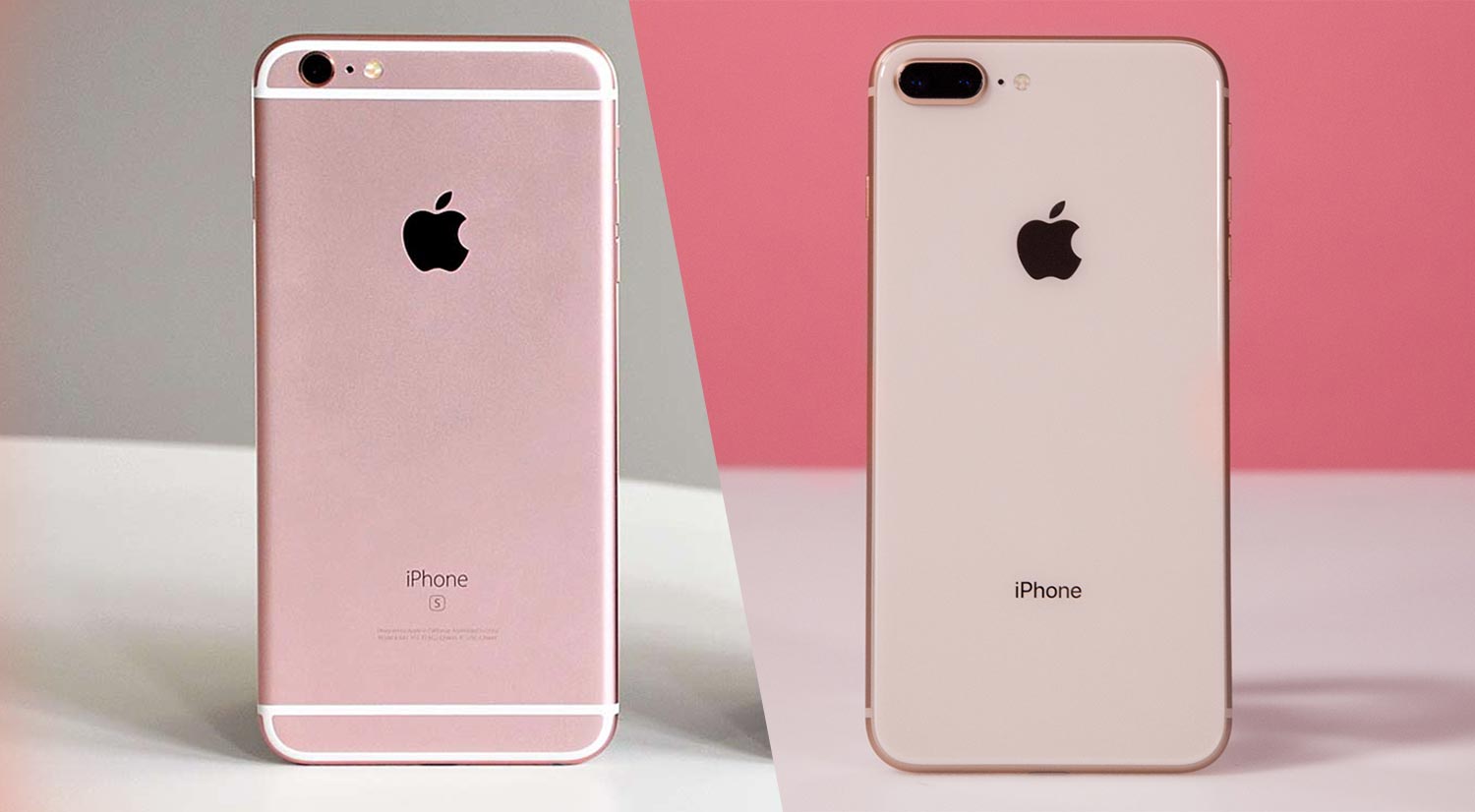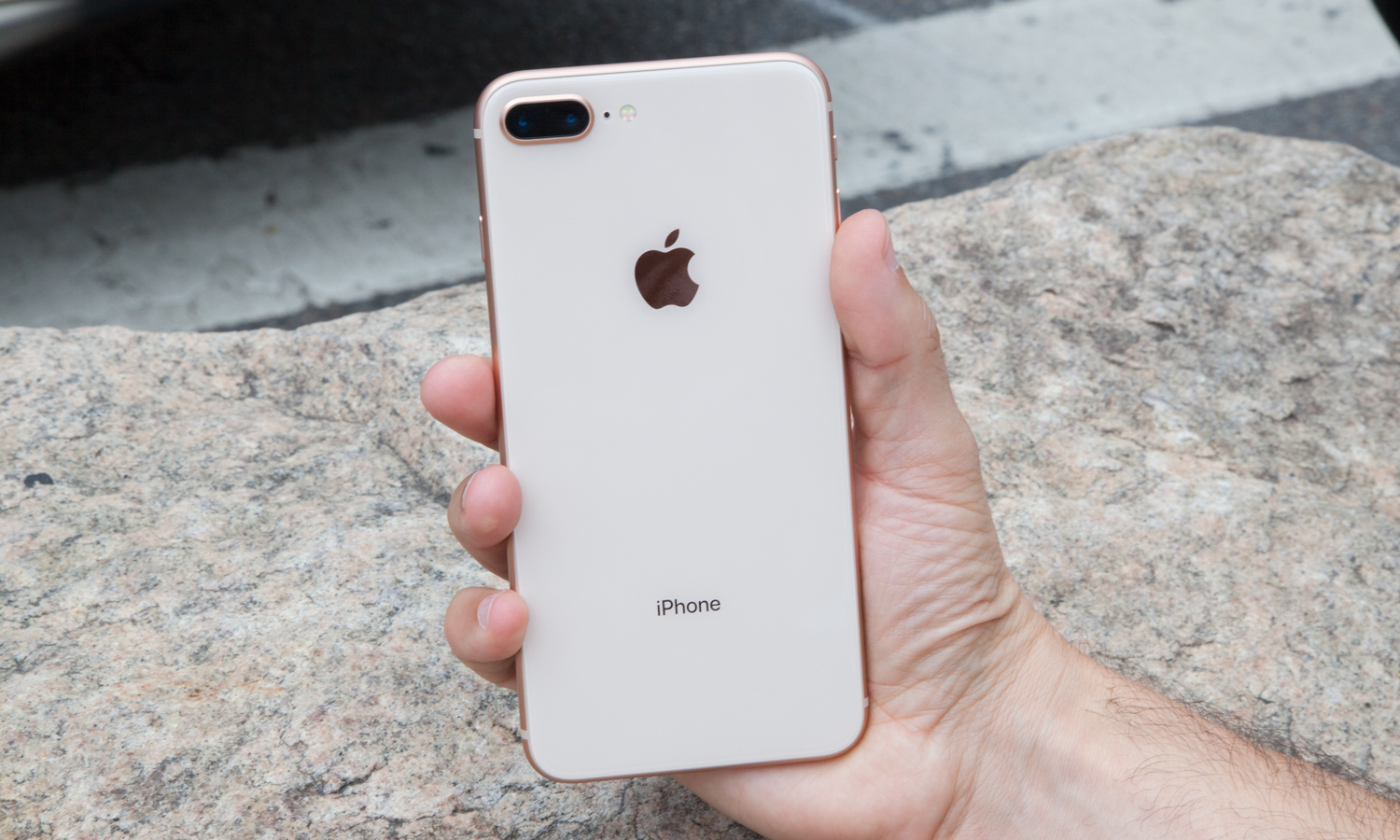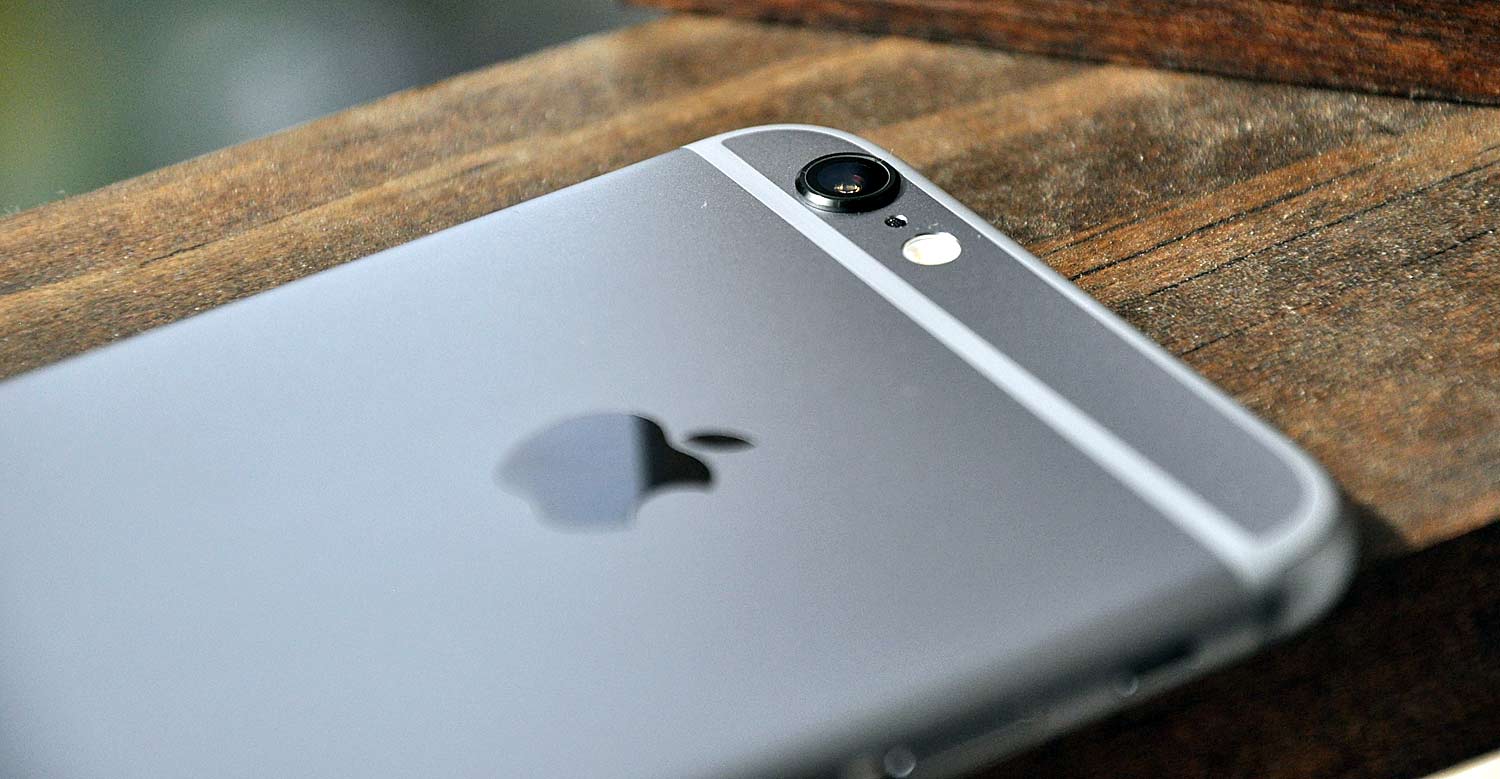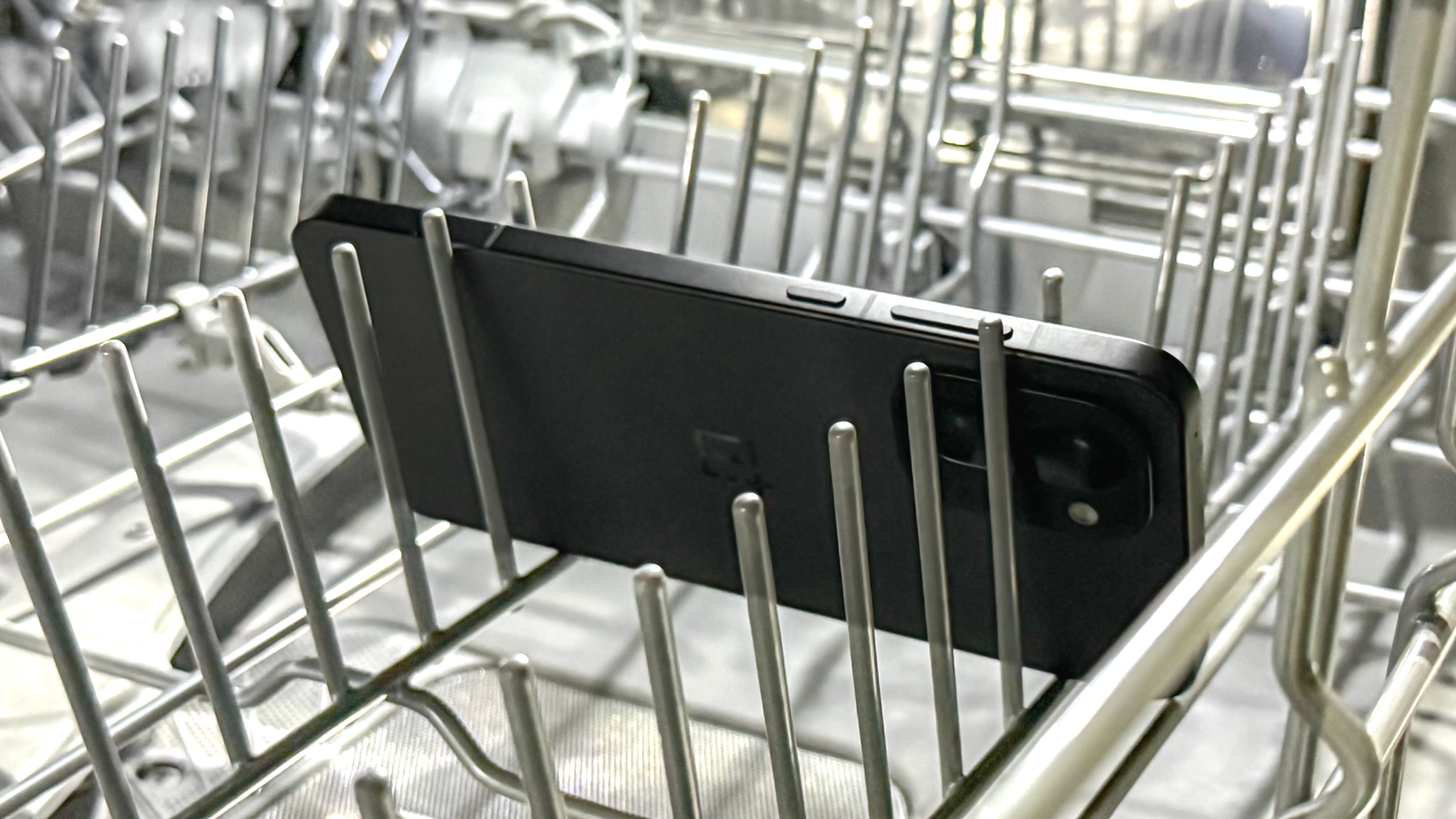iPhone 8 Plus vs. 6s Plus Camera Face-Off: Is It Worth The Upgrade?
If it's been two years since you last bought an iPhone, now's the time to trade in that aging iPhone 6s Plus for a newer dual-lens model. Our comparison shows exactly what camera improvements you stand to gain.
The iPhone 6s and 6s Plus turned two this fall. If you bought yours when it launched in 2015 and are still holding on to that model, Apple's latest phones have likely caught your attention.

There's no question that the iPhone 8 Plus is more powerful than its two-year-old predecessor or that it takes better pictures. But we wanted to see exactly how much better they are. This photo showdown pits Apple's flagships from past and present against each other to find out exactly what customers will gain if they upgrade to the 8 Plus' newer optics.
The Cameras
In terms of photography, the biggest difference between the two phones centers on the 8 Plus' second rear lens, an addition Apple made beginning with 2016's iPhone 7 Plus. But before we get to that, let's talk specs.

Both the 6s Plus and 8 Plus feature 12-megapixel rear cameras with optical image stabilization, though there's a significant difference in aperture. Whereas the 6s Plus is rated at f/2.2, the 8 Plus benefits from a larger, f/1.8 lens, which is especially important for dark scenes, as it allows more light in.

The 8 Plus doubles up on 12-MP sensors with its secondary telephoto lens, which employs an f/2.8 aperture and enables Portrait Mode photography (though it lacks optical image stabilization).

Portrait Mode keeps the subject firmly in focus while applying a shallow depth-of-field bokeh effect to the background. The 8 Plus also provides 2x optical zoom and Portrait Lighting, a beta feature that allows you to change the strength and direction of the light source before hitting the shutter.
Around the front, the 8 Plus has a 7-MP selfie camera, compared to the 5-MP shooter in the 6s Plus.
Get instant access to breaking news, the hottest reviews, great deals and helpful tips.
Now let's see how these two phones handled an assortment of shots.
Flower Vase
The 6s Plus got off to a promising start in our comparison, nearly keeping pace with the 8 Plus in this floral scene. Both images sport good contrast with punchy colors, though the newer iPhone does a slightly better job of catching the highlights in the petals.
In the edges and texture of the bamboo sticks in the arrangement, the 8 Plus also displays a sharpness advantage. It enjoys a slightly cooler white balance as well.
Christmas Tree
Many smartphones can hold their own on a sunny day, but low light is another story. Device makers spend so much of their time continually finding ways to improve performance in dim scenes, and Apple's progress shows its worth here.
The 6s Plus simply can't grasp the detail in the darker depths of the tree, nor can it achieve the same vividity of the crimson in the ribbons. The lights also come across dimmer and blurrier on the older model. However, the 6s Plus' result isn't a total wash, as it handles the sunlight falling on the interior wall of the building much more realistically than the 8 Plus does, which allows the older phone to scorch the left side of the frame.
Park
Moving outside, it was surprisingly difficult to pick a winner here at first. The sky is a satisfying shade of blue in both shots, though the hue in the 6s Plus' image is a tad more intense.
However, the oranges and yellows of the trees come across a bit more prominently on the 8 Plus, as does the detail in the tree trunk. The deciding factor, ultimately, is the way each phone handles the light cast on the building to the right.
MORE: 6 Reasons You Should Skip iPhone X for iPhone 8
The 6s Plus simply blows that portion of the image out, while the 8 Plus preserves the details perfectly. Still, the older iPhone has to be commended for keeping each round relatively close up to this point.
Flatiron
This is probably the most challenging scene in the entire comparison, because of how it mixes dark shadows and harsh light. Not surprisingly, it's also where Apple's imaging advancements over the past two years factor in the most.
The buildings and sky look fine in both examples, but the 8 Plus carves out an advantage in the way it handles all the details in the lower center portion of the frame, particularly the space between the railing and the fountain. The 6s Plus can't distinguish these elements as sharply, muddying things up and damaging the illusion of depth.
Walk Sign
Again, the 6s Plus' exposure is simply too dim here throughout the background.
The 8 Plus also captures the taxi-cab yellow of the sign's enclosure, and if you look closely, you can even see that the texture of the glass is more discernible through the lens of the newer phone.
Monument
This one mostly comes down to white balance. A green/blue cast permeates every aspect of the 6s Plus' frame, while the 8 Plus' rendition looks less drab, simply because its colors are so much more accurate.
I didn't expect to see such a marked difference in this particular comparison, given that it was a beautiful day and in previous trials, the 6s Plus was just barely off the mark in situations where light was plentiful.
Dragon
For the final round, we went back indoors to snap a few shots of this majestic Lego dragon.
Again, color temperature plays a role — the 6s Plus exhibits a cooler tint — but the tens of thousands of Lego bricks used for this model also favor the 8 Plus' improved sharpness. Additionally, the way the newer phone picks up the light reflecting off the plastic seems a bit more realistic.
Bottom Line
There's no arguing the superiority of the 8 Plus' camera, but is it so much better that you need to shell out $799 just because of the phone's photography chops? The 6s Plus kept the race tighter than many would expect, with its inferior low-light capabilities unsurprisingly causing its defeat. You also have to factor in the 8 Plus' ability to take stunning portraits thanks to that additional telephoto lens, as well as crystal-clear optical zoom — two features 6s Plus owners have missed out on.
MORE: Best Large Smartphones
Still, unless you find yourself frequently snapping headshots or you often wish you could cut in just a bit closer with your photos, the difference is mostly negligible. There may be other reasons why you'll be forced to ditch that aging iPhone, but the camera shouldn't be the only one.
Credit: Tom's Guide
- iPhone X vs iPhone 8 vs iPhone 7: Which One's Right For You?
- The Best iPhone X and iPhone 8 Carrier Deals
- Want to Fast Charge Your iPhone X or iPhone 8? It'll Cost You
Adam Ismail is a staff writer at Jalopnik and previously worked on Tom's Guide covering smartphones, car tech and gaming. His love for all things mobile began with the original Motorola Droid; since then he’s owned a variety of Android and iOS-powered handsets, refusing to stay loyal to one platform. His work has also appeared on Digital Trends and GTPlanet. When he’s not fiddling with the latest devices, he’s at an indie pop show, recording a podcast or playing Sega Dreamcast.
